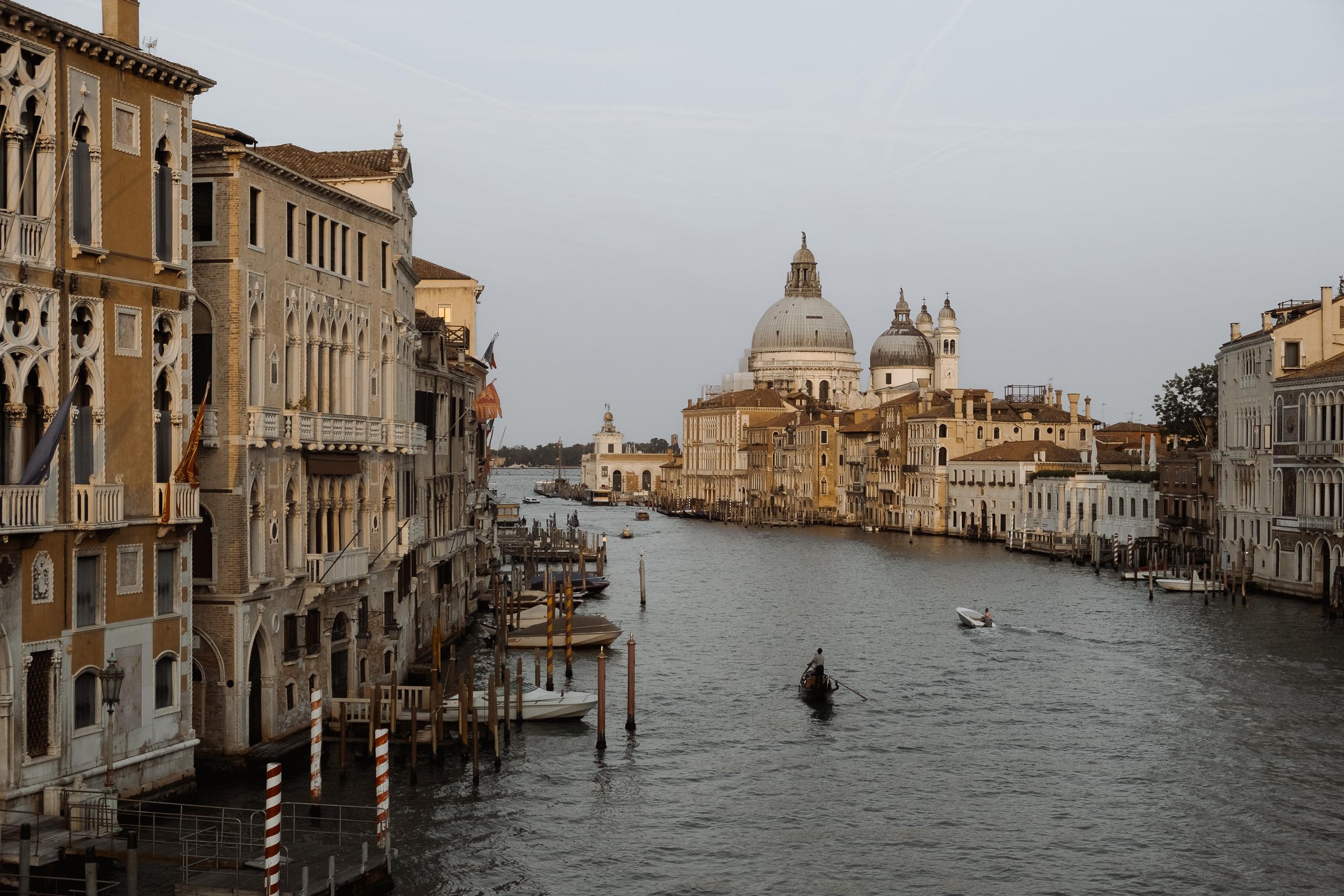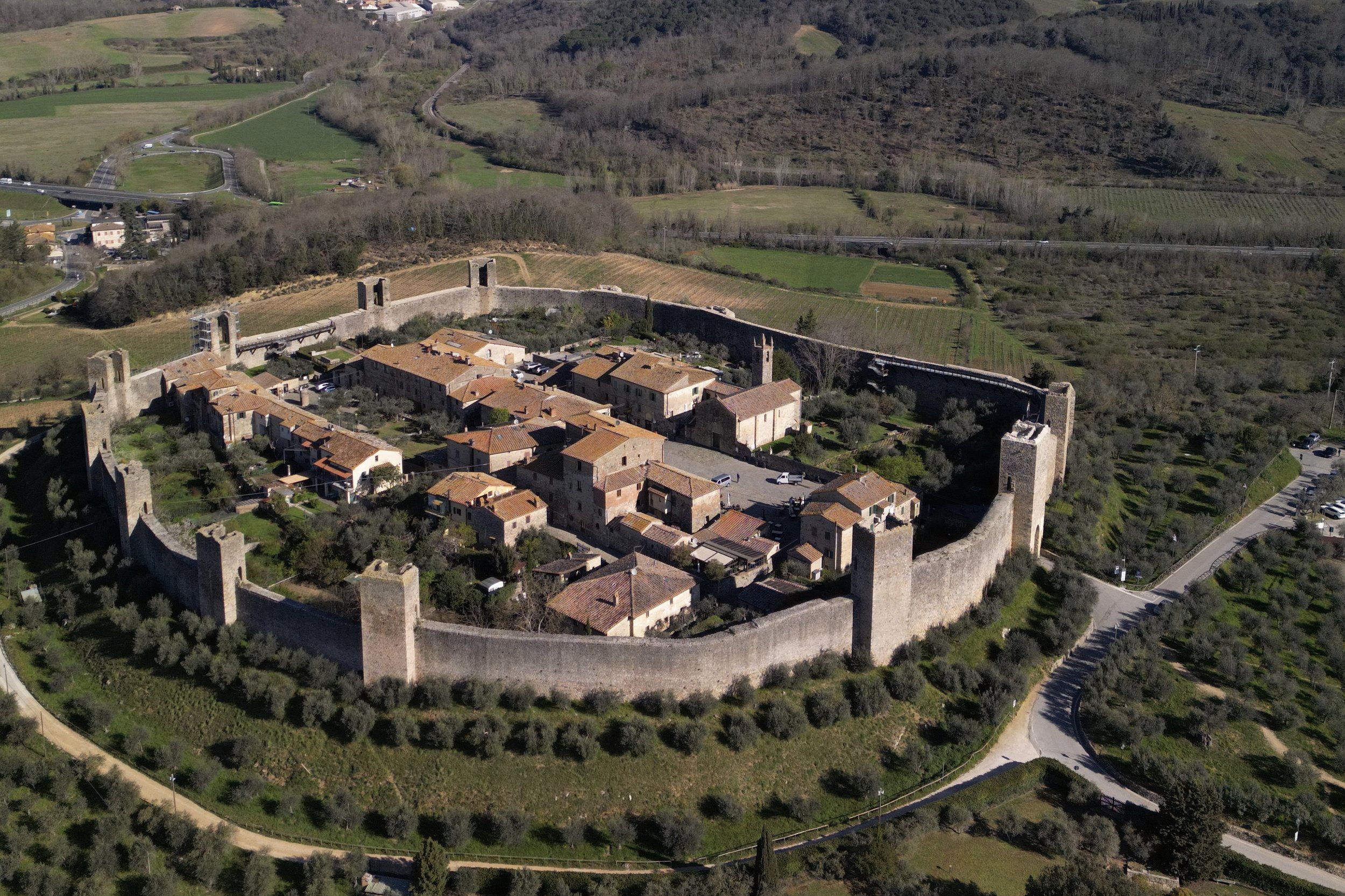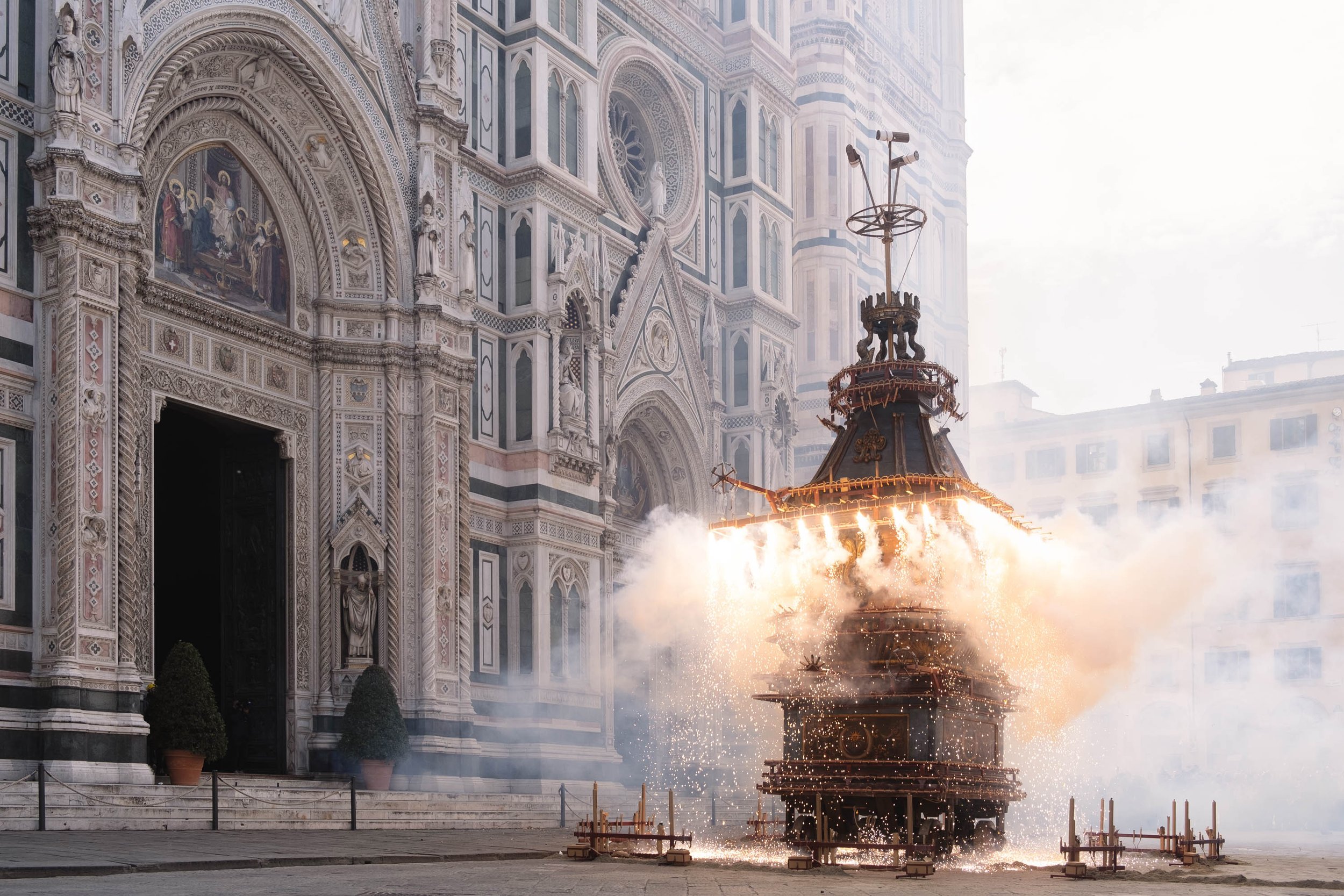Stories
Here you’ll find all of my stories categorized by region. Stories about major cities, including Rome, Milan and Naples, are grouped separately. Can’t find what you’re looking for? Try searching here or contact me.
Festa della Repubblica Italiana: celebrating Republic Day in Rome
On 2–3 June 1946, Italians voted in a historic referendum: monarchy or republic? With 54.3%, the republic won. Every June 2nd, this moment is celebrated during the Festa della Repubblica, with parades and the Frecce Tricolori soaring through the sky. State museums and archaeological sites across Italy offer free entry.
Farewell, Papa Francesco: transition from Sede Vacante to Habemus Papam
Pope Francis passed away on 21 April 2025 at the age of 88. After his funeral in Piazza San Pietro, Francis was buried in the Santa Maria Maggiore. Following a period of mourning, the Conclave convened. After just four ballots, white smoke rose from the chimney of the Sistine Chapel: Habemus Papam! The cardinals elected Robert Prevost as Francis’ successor. He took the name Pope Leo XIV.
Messina: a city that’s more than just the ‘Gate of Sicily’
Messina, Sicily's third-largest city, was once a mere transit point for me. But after exploring, I realized I had missed quite a few interesting sights on my previous trips to Sicily. While earthquakes in 1783 and 1908, as well as WWII bombings, destroyed much of its historic center, the city still holds historical landmarks amidst modern architecture. Messina's unique blend of old and new makes it worth a visit.
Messina's Orologio Astronomico: witness the daily performance at noon
In Messina, the Orologio Astronomico is a must-see! It’s one of the world’s largest astronomical clocks. Every day at noon, it performs a show with gilded figures reenacting historical and religious scenes. You’ll see a roaring lion and biblical scenes like the resurrection of Jesus. The other facade features a perpetual calendar as well as a planetarium, showing the solar system.
Il Redentore: votive church and God's deliverance of the plague
In 1575, the plague devastated Venice, claiming over 50,000 lives. In hope of divine intervention, the Senate commissioned a church for Christ the Redeemer. The epidemic ended in 1577, the same year the first stone was laid. This is still celebrated annually on Festa del Redentore. The church's Renaissance design features religious art, and its secret garden recently opened to the public.
Bocche di Leone: stone letterboxes for accusations and betrayal
The Bocche di Leone were stone carvings in Venice used as tip-off boxes for reporting crimes. Created after a failed rebellion in 1310, these boxes were placed around the city. While accusations had to be signed and supported by witnesses, anonymous reports against conspiracies were allowed. The system helped maintain Venice's legal order. Few Bocche di Leone remain today.
Torre dell'Orologio: medieval clock tower on Piazza San Marco
In 1493, Venice's Senate ordered a new clock to be placed at the heart of the city's religious, political, and commercial centers. Designed by master clockmaker Zuan Carlo Rainieri, the clock was installed in 1499 on the Torre dell'Orologio. It became the city's official timekeeper in 1858. Today, visitors can explore the tower and admire its mechanisms and historic features.
Ponte di Rialto: exploring the oldest bridge across the Canal Grande
The Rialto Bridge replaced several earlier crossings over the Grand Canal. The first dry crossing, a pontoon bridge, appeared in 1181. By 1252, a wooden bridge stood in its place but required frequent repairs. After multiple collapses, plans for a stone bridge emerged. Finally completed in 1591, the bridge's design resembles earlier versions, with a single span and shops lining the central ramp.
The Canal Grande: weaving artery through the heart of Venice
Venice's Grand Canal, or Canal Grande, is a lifeline of the city, connecting districts and landmarks. It stretches almost 4 km and showcases Venice's rich history and architectural grandeur, from Venetian-Byzantine to Baroque styles. Explore the canal by vaporetto or gondola, and don't miss landmarks like the Rialto Bridge. For a more budget-friendly option, hop on a traghetto.
The Venetian Lion: symbol of Venice and its patron saint, San Marco
The Venetian Lion, a symbol of Venice, appears throughout the city. The lion represents St. Mark, Venice's patron saint. This connection comes from Christian iconography, where Mark is linked to a lion. In 828, the Venetians brought the saint's relics to Venice, adopting him as their patron. The most famous lion statue stands at Piazzetta San Marco. It likely hails from China or the Greek world.
Venetian politics: everything about the state apparatus
Find out more about medieval Venetian politics, where power was spread across various institutions. The Doge, a symbolic figurehead, had limited authority, while real power rested with councils like the Senate, the Great Council, and the Council of Ten. These bodies collectively made key decisions, shaping Venetian politics through a balance of power rather than individual rule.
Venice: a brief history lesson
Venice, the city of canals and gondolas, emerged in the 5th and 6th centuries after the fall of Rome. It grew into a powerful maritime republic by the 9th century, dominating Mediterranean trade. Venice’s cultural legacy includes renowned artists like Titian and Vivaldi. Despite military challenges, it flourished for over a millennium before its decline in the 18th century.
A clock gone mad: Rome's ever-misleading timepiece
In 1847, Pope Pius IX introduced the 'Cannone del Mezzogiorno' to synchronize clocks and church bells in Rome. However, the 'Crazy Clock' on the Palazzo del Monte di Pietà still shows the wrong time. The watchmaker allegedly sabotaged it over a payment dispute, resulting in its perpetual inaccuracy. Despite having multiple mechanisms, it has never displayed the correct time.
Cannone del Mezzogiorno: church bells and cannon fire
Rome boasts nearly 1,000 churches, making it the city with the most churches globally. However, this abundance posed a challenge in synchronizing church bells. To address this, Pope Pius IX introduced the Cannone del Mezzogiorno in 1847, firing a cannon at noon to standardize time. This tradition continues today, with the cannon now located at Gianicolo. The tradition adds to the charm of Rome.
Metro dell’Arte: the most beautiful metro stations of Naples
The Metro dell'Arte project in Naples reveals that if attention is paid to aesthetics, metro stations can be vibrant, colorful, or almost like underground galleries of art. The project aims to revitalize several metro stations while introducing contemporary art to the people of Naples. With over 200 artworks, it's no wonder the metro network is often called the city's open-air museum.
Museo della Forma Urbis: discover the marble map of ancient Rome
Are you exploring a new city? Then, chances are you're using a mobile app or a traditional folded map to find your way around. Whether digital or paper, maps have become an integral part of our daily lives. We've grown so accustomed to using them …
Area Sacra di Largo Argentina: holy site, murder scene and cat sanctuary
The Area Sacra di Largo Argentina, near the Pantheon, features the remains of four Roman temples and is known for its cat sanctuary. Recently opened to the public, it offers a glimpse into its rich history as part of the Campus Martius floodplain. Temples were built for various deities, and the site is historically significant for Julius Caesar's assassination in 44 BC.
Natale di Roma: happy birthday to my beloved city!
Each April 21st, Rome celebrates its birthday, Natale di Roma. The celebrations feature reenactments held throughout the historic center, including the legendary tale of the twins Romulus and Remus. The festivities also highlight a Historical Parade with over 1,500 participants. An equally impressive sight occurs at the Pantheon, where sunlight beautifully illuminates the entrance.
Monteriggioni: one of Italy’s best-preserved medieval towns
Need a break from the hustle and bustle of Florence or Siena? Then why not visit Monteriggioni?! Though really small, this enchanting Tuscan town has everything to guarantee a relaxing, yet unforgettable, day trip …
Scoppio del Carro: an explosive Easter Sunday in Florence
After attending the Procession of the Dead Christ in Gubbio, I hopped on a train to Florence, where another ceremony awaited me. I’m talking about the Scorpio del Carro, also known as the ‘Explosion of the Cart.’




















